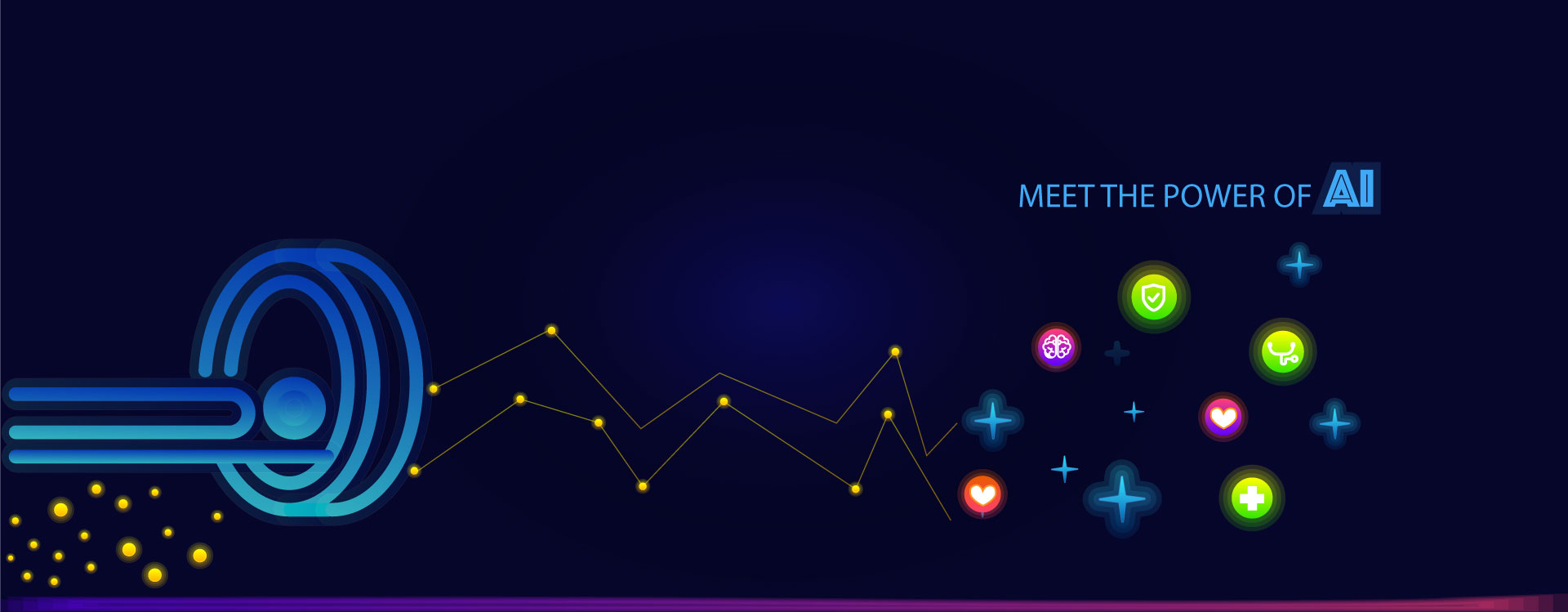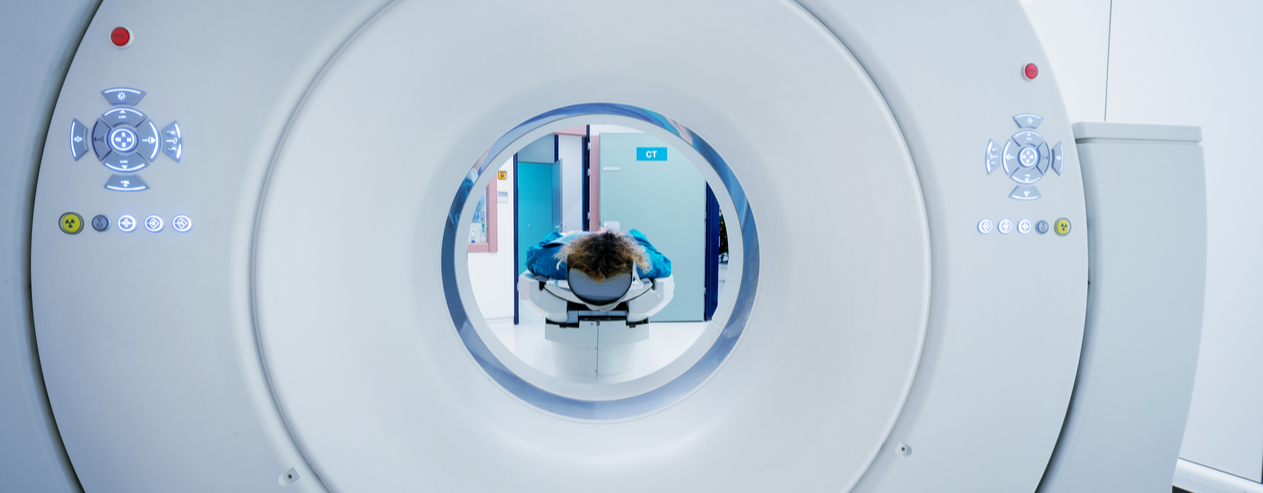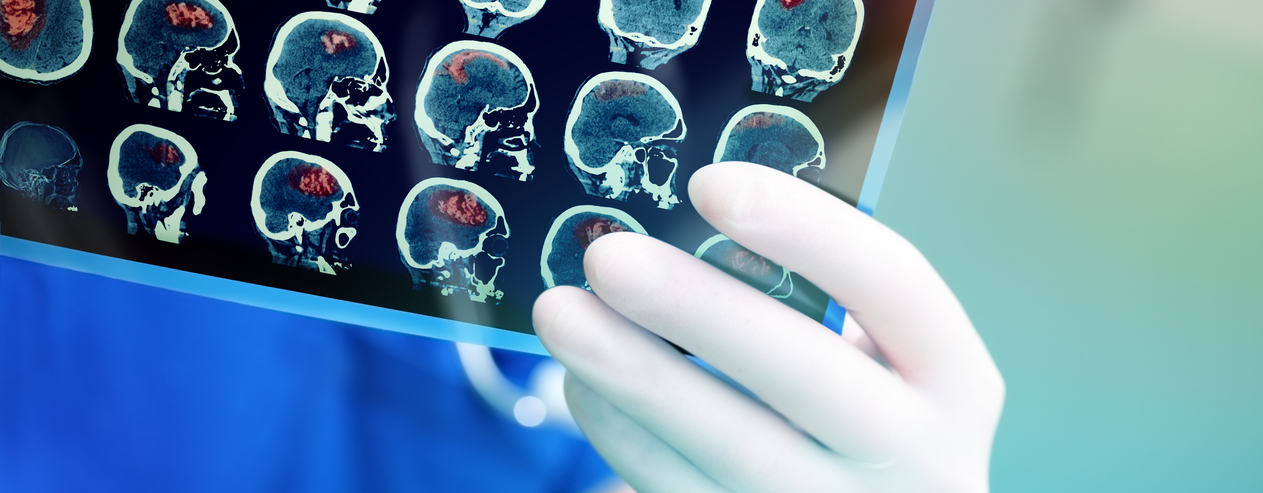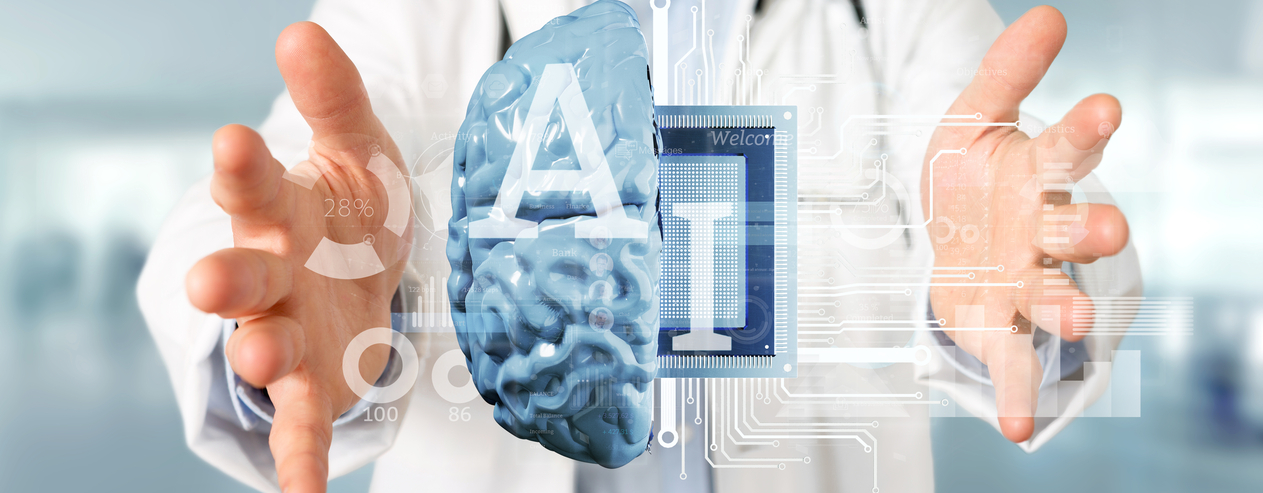


A few decades ago, if you were not feeling well internally or if you had an accident or anything as such and had no idea what was going on in your body, a doctor would have recommended you to have a CT scan or an X-ray. For a while, it was all good as you could diagnose muscle and bone disorders, tumors, clots, internal injuries or bleeding and even monitor diseases and conditions such as cancer and others.
The way a computerized tomography (CT) scan works is by briefly exposing you to ionizing radiation to gather detailed information. At low levels of radiation, there is low expected long-term harm; but in cases of high levels of radiation, there is a potential risk of cancer associated with it. For those who require numerous CT scans to monitor the progress of treatment, the risk is significantly higher. It is as if a CT scan is destroying the sole purpose of saving patients from cancer by providing a risk of potentially acquiring cancer.
In a year, the average person gets about 3 millisieverts (mSv), the units that scientists use to measure radiation. Each CT scan delivers 1 to 10 mSv, depending on the dose of radiation and the part of your body that's getting the test.
Now, with the advancements in medical science, the levels of radiation can be monitored and maintained as low as possible; but still, the threat remains. Hence, to avoid it altogether, MRI scans are being used.

Magnetic resonance imaging (MRI) is a medical imaging technique used in radiology to form pictures of the structure and the functions and processes of various organs of the human body. These scanners use strong magnetic fields and radio waves to generate images of the organs in the body. This process does not involve X-rays or the use of ionizing radiation, and hence the process stands distinguished from others.
Today, globally, about 1 in 6 deaths is due to cancer. This means that cancer is the second leading cause of death globally. Furthermore, this statistic stands true because more than half of the people who get diagnosed for cancer are already in the late stages of it. This significantly reduces the expected life span as treatments need to be severe and monitored. To help tackle this, early detection can improve chances of survival significantly and in many cases, even help cure cancer completely.
That is when MRI comes in as a safe mode of diagnosis as it can detect such modalities equivalently to a traditional CT scan while having zero exposure to radiation. An MRI scan can detect the following patterns: Brain, Thyroid, Lung, Liver, Kidney, Pancreas, Gallbladder, Adrenal Glands, Prostate, Ovaries, Uterus and Bladder
The key points from a consumer point of view are :
o MRI scans last longer compared to CT scans
o CT involves radiation exposure, whereas MRI does not
o CT scans are dangerous for pregnant women and new-born babies
o MRI scans can be extremely uncomfortable for claustrophobic people
o MRI scans are more expensive when compared with CT scans
o CT scans do not have a motion artefact, where MRI does have it
o MRI scans provide more in-depth detailed images as compared to CT scans
Both make noise during the process; it is advisable to wear earplugs for the same

To further improve the quality and efficiency, we have come up with an AI-based assistant for medical imaging which helps in enhancing the diagnosis for radiologists to make accurate predictions. It increases the throughput of the number of scans every day at a hospital or a diagnostic center. Finally, this, in turn, leads to developing a quicker and better treatment plan for patients providing a safer path for everyone.
“COVID 19 situation is resulting in a new normal” is the common phrase we hear. It means that everything needs to be readjusted to tackle COVID 19 spread. Every business is coming up with measures to continue business while ensuring safety of the staff and customers. Healthcare is facing a double whammy situation. One end they need to attend COVID 19 patients and manage hospital staff to take care of COVID 19 patients and at the other end they need to run regular operations of attending other healthcare issues. This will be a challenging situation since hospitals can be hotspots for COVID 19 spread. In this situation like any other business, the measures will be taken to avoid crowd in the hospital. Possible key measures are:
1. Separating COVID 19 and other patients wing
2. Patient need to come alone or come with maximum 1 attendant
3. Tech measures to avoid crowding
Tech measures that are required are varied. Universally it is expected that universally TeleMedicine will be adopted. Telemedicine will bring patients to hospital who require necessary checkup and care at the hospital. Our focus in this article would be the Radiology department. The Radiology department requires the patient to come to the Hospital or Diagnostic centre. The scanning requires the patient to come in close contact with the scanning machines. So it could be more riskier if better sanitization is not followed. This means cleaning of machines frequently with sanitizer. The Radiology department is always occupied. So now the challenge will be two fold
1. How to reduce the crowd in the hospital or diagnostic centre
2. How to ensure enough time for Sanitization
This should be done without reducing the number of patients for scanning.

There is also one more issue. COVID 19 patients also require X Ray and CT scans. So there
should be demarcation between machines used for COVID 19 patients and others.
This means the number of machines available for CT and XRay scan is further reduced.
In that case Doctors would be recommending MRI scans. This would further complicate the
problem as MRI scans take more time.
What is the solution in this case?
There is an important recent tech advancement which is known as Quick MRI scanning or Fast
MRI scanning. Quick MRI scan can reduce the scanning time by up to 1/4th of the time without
sacrificing quality of the scanning. This means it provides following advantages
1. More scans can be done per day. This will help to cater to increased demand on MRI
machines
2. Sufficient time gap can be provided between MRI scans. This results in enough time for
sanitization. The diagnostic centres and hospitals will be less crowded.
3. Not just that the scans are stored in the cloud where Radiologists can view, annotate and
write reports. The solution can be integrated with any existing MRI machines and software
can be remotely installed and maintained.
At Aikenist we provide Aiken Quick Scan solution which provides up to 4x reduction in Scanning time without sacrificing scan quality. The solution is available to deploy and we welcome to associate with partners who would be interested in using the solution.